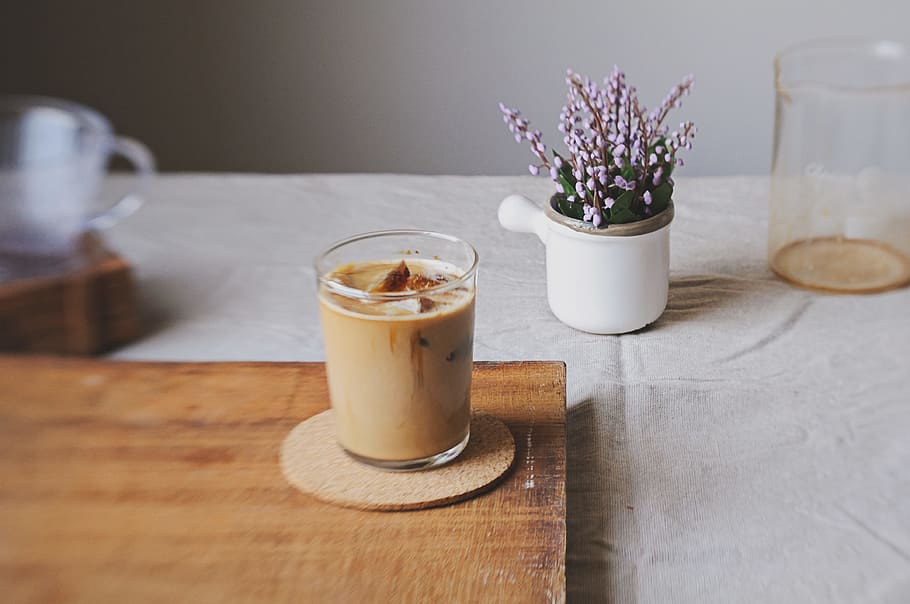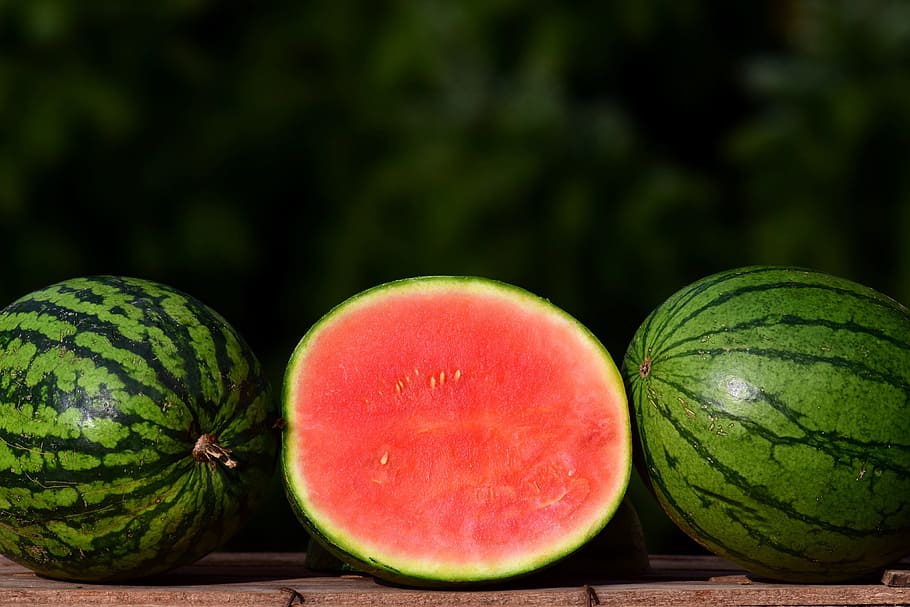The Art of Stir Frying
When it comes to cooking techniques, stir frying is an absolute game-changer. The sizzle of the pan, the aroma filling the air, and the quick and vibrant cooking process make stir fry dishes a favorite among home cooks and professional chefs alike. But what exactly is stir frying and how does it differ from sautéing? Let’s dive into the world of stir fry and sauté to uncover their unique characteristics and discover which technique is best suited for different dishes.
Understanding Stir Frying
Stir frying is a Chinese cooking technique that involves cooking small, bite-sized ingredients over high heat in a wok or a large, shallow skillet. The key to a successful stir fry lies in the quick tossing and stirring of the ingredients, allowing them to cook evenly while retaining their vibrant colors, crispness, and flavors. The high heat ensures that the food cooks rapidly, preserving its nutritional value and resulting in a deliciously textured dish.
To achieve the perfect stir fry, you’ll need a few essential tools: a wok or a large skillet with a flat bottom, a good heat-resistant spatula or a pair of chopsticks, and a high smoke-point oil such as peanut or vegetable oil. It’s important to have all your ingredients prepped and ready to go before you start cooking, as stir frying requires swift and continuous movement. Once your wok is hot, add the oil, followed by the aromatics and protein. Toss and stir vigorously for a couple of minutes, then add in your vegetables and sauces. Keep stirring and tossing until everything is cooked to perfection and the flavors have melded together.
The Magic of Sautéing
While stir frying has its roots in Chinese cuisine, sautéing is a cooking technique that originated in French cuisine. It is often utilized to cook delicate and thinly sliced ingredients, allowing them to develop rich flavors and caramelization. The process involves cooking ingredients quickly in a hot pan with a small amount of oil or butter, giving them a slightly crispy exterior while maintaining their tender interior.
Demystifying Sautéing
Sautéing may not involve the tossing and stirring frenzy of stir frying, but it has its own unique charm. To sauté, you’ll need a wide-bottomed skillet or sauté pan that offers ample space for the ingredients to cook evenly. The pan must be preheated over medium-high heat before adding the oil or butter, ensuring that the food sizzles as it hits the surface. This initial burst of heat helps seal in the flavors and creates a beautiful golden-brown exterior.
Once your pan and oil are ready, add in your ingredients in a single layer, making sure not to overcrowd the pan. Allow them to cook undisturbed for a minute or two, then give them a gentle flip or a quick toss to ensure even cooking on all sides. Keep a close eye on the heat and adjust it if necessary to prevent burning. Within a matter of minutes, your sautéed dish will be ready to serve, boasting a delightful combination of flavors and textures.
Comparing Stir Frying and Sautéing
Now that we have a grasp of the individual techniques, let’s compare and contrast stir frying and sautéing to better understand their differences and discover when each method shines the brightest.
| Stir Fry | Sauté | |
|---|---|---|
| Heat | High heat | Medium-high heat |
| Cooking Time | Rapid | Quick |
| Movement | Tossing and stirring | Gentle flipping or tossing |
| Pan | Wok or large skillet | Wide-bottomed skillet or sauté pan |
| Ingredients | Bite-sized pieces | Thinly sliced or smaller |
| Taste | Retains vibrant colors and textures | Develops rich flavors and caramelization |
As the table above illustrates, stir frying involves high heat, rapid cooking, constant movement, and larger ingredients, resulting in dishes that retain their vibrant colors and textures. On the other hand, sautéing is characterized by medium-high heat, quick cooking, gentle movement, and thinner slices or smaller ingredients, producing dishes with rich flavors and caramelization.
Choosing the Right Technique
So, which technique should you choose? The answer lies in the dish you wish to create and the ingredients you have on hand. If you’re working with larger ingredients that you want to cook quickly while keeping their fresh and crisp qualities intact, stir frying is the way to go. Stir fry dishes are perfect for showcasing the natural flavors of vegetables, meats, and seafood, alongside vibrant sauces.
On the other hand, if you have delicate ingredients that would benefit from a gentle caramelization and enhanced flavors, sautéing is the ideal technique. Sautéing is often used for dishes like mushrooms, thinly sliced meats, and quick-cooking vegetables, allowing their natural sweetness and tenderness to shine through.
Remember, both stir frying and sautéing offer unique benefits, and it’s worth experimenting with both techniques to determine which one best suits your tastes and preferences. Whether you’re in the mood for the bold and dynamic flavors of a stir fry or the subtle elegance of a sautéed dish, these cooking techniques are sure to elevate your culinary repertoire.
Conclusion
Stir frying and sautéing are two distinct cooking techniques with their own merits, allowing you to create a wide array of delectable dishes. While stir frying brings a burst of vibrant colors and textures to the table, sautéing offers a delicate caramelization and rich flavor development. Both techniques require the right tools, heat control, and a keen eye for timing. So, the next time you’re in the kitchen, consider whether you’re craving the high-energy dance of a stir fry or the gentle finesse of a sauté, and let your taste buds guide you to culinary bliss.




